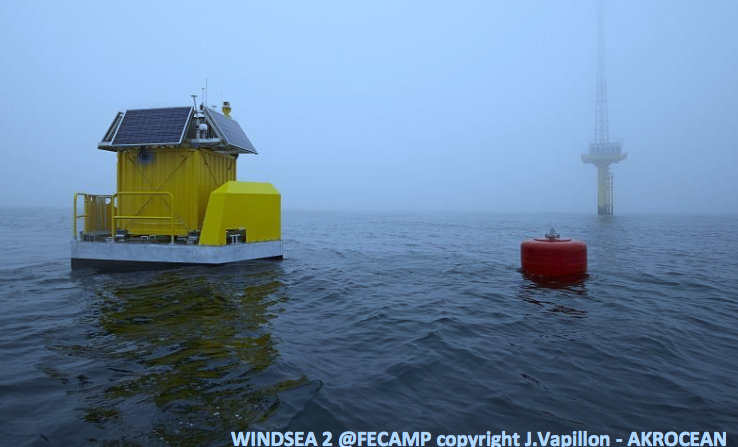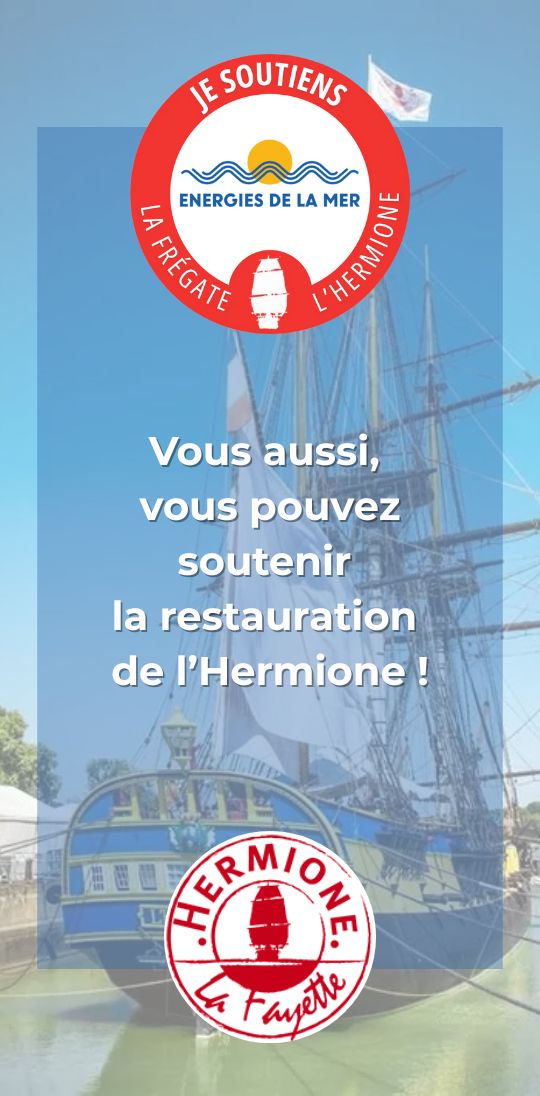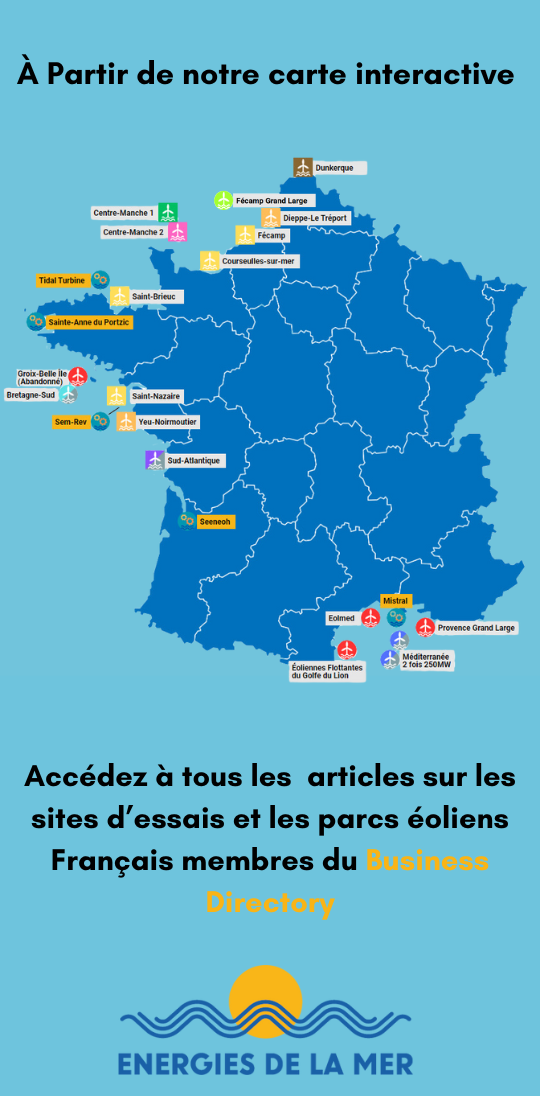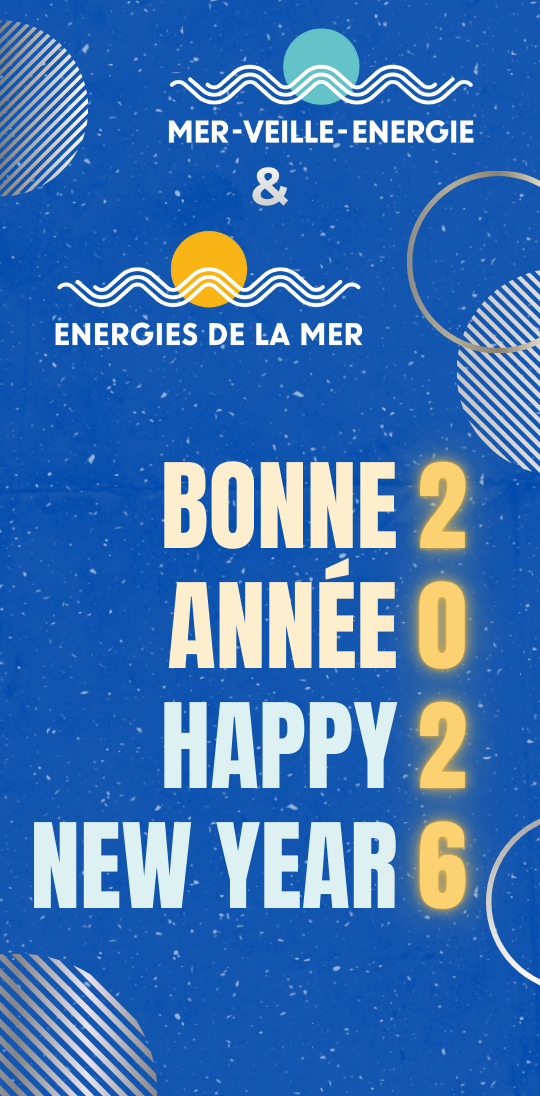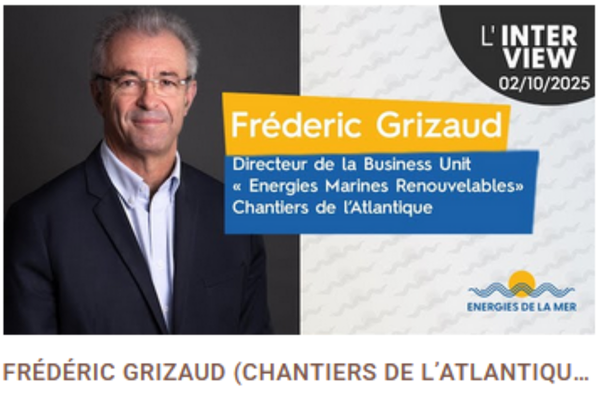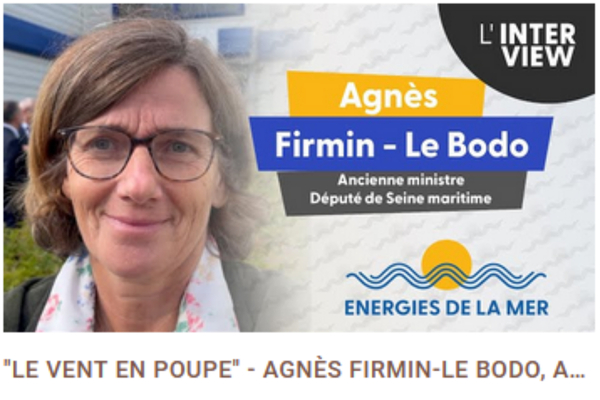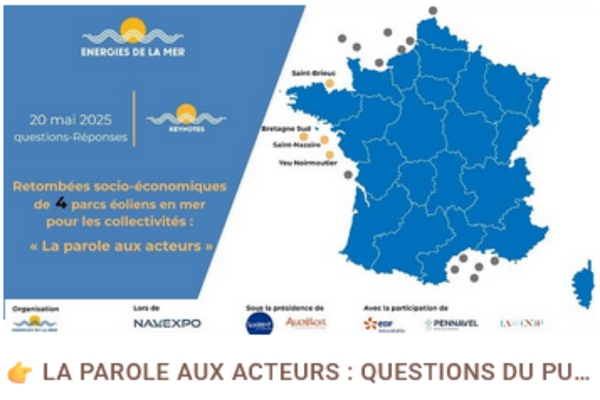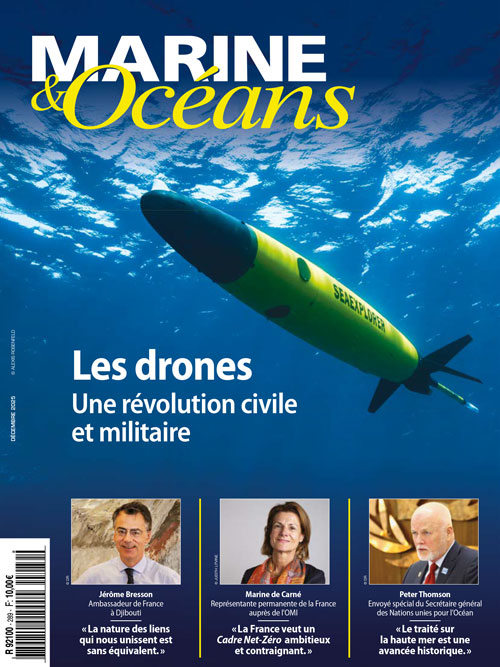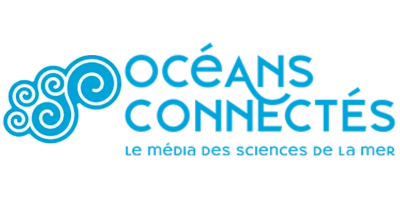France – Mercredi 02/10/2019 – energiesdelamer.eu. The Laboratory of Hydrodynamics, Energetics and Atmospheric Environment (LHEEA) of Centrale Nantes in collaboration with the Scientific and Technical Center for Building (CSTB) is working on the measurement of atmospheric flows in order to obtain accurate wind resource assessments for wind energy applications. They have received the support of three industrial partners (data provision) and funding from the WEst-Atlantic Marine Energy Community (WEAMEC) to start a research project called MATILDA to characterize and improve the accuracy of the measurement of turbulence intensity by floating LiDAR.
Summary of the MATILDA project
In the framework of wind farm development, financing and operation, developers regularly need to reliably quantify the turbulence intensity at the sites. This information can be used to validate wind farm layouts and select the appropriate turbines to be installed during the development process and to optimise the wind farm operation. The current instrumentation to measure the turbulence intensity is anemometer (cup- or sonic-) mounted on a meteorological mast, with a measurement altitude as close as possible to the hub height. However, cost and technical constraints specific to offshore configurations make this solution not affordable and is replaced by remote sensing (LiDAR) instrumentation mounted on buoys (floating LiDAR Systems). This alternative is now accepted during wind project developments and the quality of the obtained 10-min averaged wind statistics had been validated. That is not the case for turbulence intensity.
The 24-month MATILDA project aims to quantify the error in turbulence intensity measurement due to motion of the floating LiDAR and to propose corrections depending on the sea state. The analysis will be based on the comparison of measurements performed simultaneously by a fixed LiDAR system located on Fécamp offshore platform (owner EDF Renouvelables) and by a floating LiDAR system WINDSEA during its validation campaign (owner AKROCEAN). The Fécamp platform is also equipped with a met-mast (owner Eoliennes Offshore des Hautes Falaises, consortium composed of EDF Renouvelables, Enbridge and WPD Offshore). As preliminary testing, turbulence intensity measurement comparison between conventional instrumentation (cup and sonic anemometers) and a fixed LiDAR profiler will be performed thanks to a measurement campaign that will be carried out on a VALOREM operated site.
Additionally, a displacement system able to impose to a LiDAR system controlled motions similar to full scale floating motions will be designed.
Position description
The postdoctoral candidate will be affiliated within Laboratory of Hydrodynamics, Energetics and Atmospheric Environment (LHEEA) of Centrale Nantes, in the Ocean wave and marine renewable energy team. They will collaborate with research engineers from the Scientific and Technical Center for Building (CSTB) and will interact with industrial entities (AKROCEAN, EDF Renouvelables, VALOREM) that support the project, provide background on offshore wind resource assessment and provide data.
They will be in charge of:
- – processing the database provided by industrial partners in order to assess the measurement error on the turbulence intensity obtained with floating and fixed LiDAR profiler measurements
- – determining the influence of the sea state on the turbulence intensity measurement accuracy
- – developing and testing algorithms to correct the biased information
- – writing the specifications of a displacement system able to impose to a LiDAR system controlled motions similar to full scale floating motions
Candidate
The candidate must be able to work in a dynamic environment made up of several actors. Good communication skills and with a particular expectation on the quality of the deliverables is expected. They must have a great sense of responsibility and must be aware of the procedures related to confidentiality and Intellectual Properties rights
Prerequisites:
- Graduate of a Ph.D. in Fluid Mechanics or Atmospheric sciences with a strong background in data processing
- Knowledge of wind resource assessment and wind energy
- Good verbal and written communication skills.
- Contacts
- Sandrine Aubrun, Professor in LHEEA/Centrale Nantes: aubrun@ec-nantes.fr
- Graham Knapp, Research engineer at the CSTB: knapp@cstb.fr Application
MATILDA project funded by
The application should be sent by email to Sandrine Aubrun and Philippe Delpech. The email should contain the following documents, compiled in the following order into a single PDF file (6MBs max):
- Covering letter
- Curriculum Vitae
- The PhD certificate (or letter from the supervisor attesting that the PhD will be awarded
before January 1st, 2020)
- Recommendation letter(s) from previous supervisors or employers
- Work experience certificates, if applicable
- List of publications, if applicable
Position details: Application deadline: October 31, 2019 Starting date: January 1, 2020, Duration: 12 months, Gross salary: €2400-2650/month
Possibility to renew the postdoctoral contract on other wind energy related projects from the LHEEA Lab

